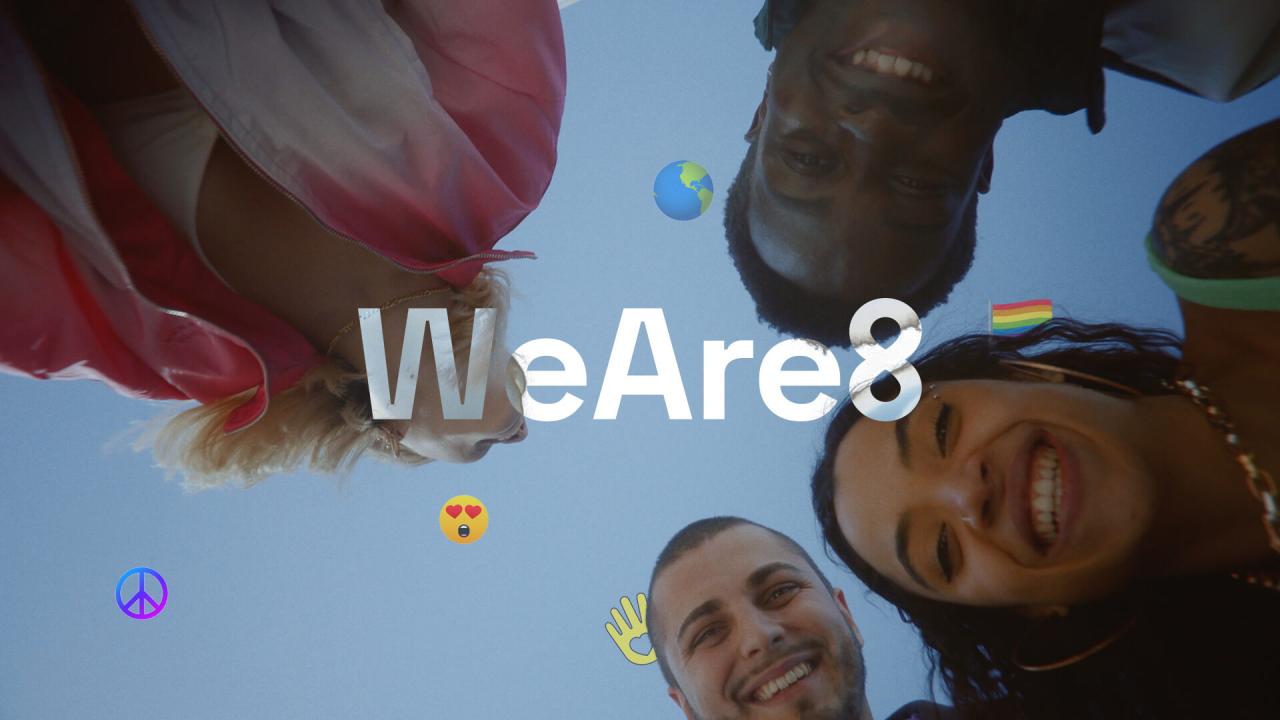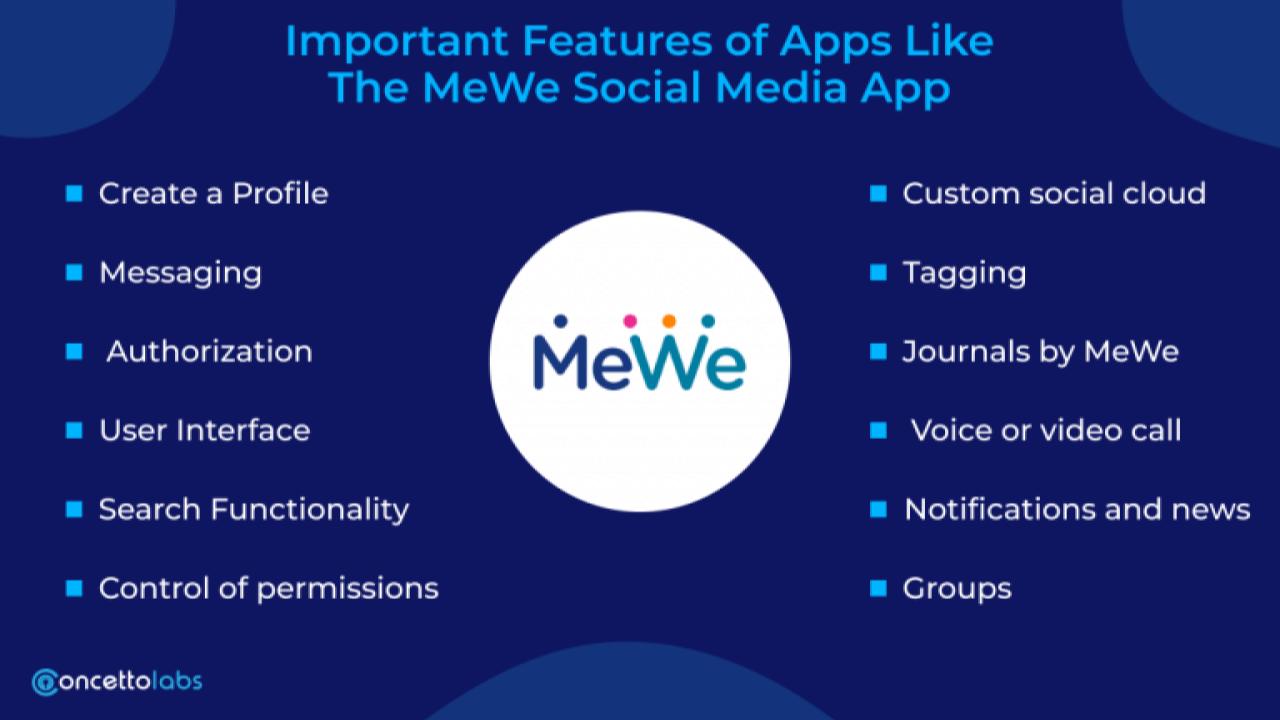Bluesky is a social app that is designed to not be controlled by a single company. We’re creating a version of social media where it’s built by many people, and it still comes together as a cohesive, easy-to-use experience. We’ve done this by building Bluesky on the AT Protocol, an open source toolbox for building social apps that can all talk to each other.
We want modern social media and public conversation online to work more like the early days of the web, when anyone could put up a blog or use RSS to subscribe to several blogs. We believe this will unlock a new era of experimentation and innovation in social media. Researchers and communities will have the ability to jump in to help solve the problems social networks currently face, and developers will be able to experiment with many new forms of interaction.
Traditional social networks are often closed platforms with a central authority. There’s a small group of people who control those companies, and they have total control over how users can use the platform and what developers can build. On these platforms, as a user, if you try to leave, you have to start over from scratch without the connections you built there or the content you made. As a developer, if you try to build a new app, you have to overcome network effects to rebuild the social graph from scratch, and if you try to build on the APIs of these companies they can cut you off and kill your company in the blink of an eye. As a creator, you might spend years building an audience only to lose access to it when the platform changes the rules on you.
Source: Bluesky Website
SXSW – 10/03/2025 (56:27)
https://www.youtube.com/watch?v=B7OwcXCE5Rg
SXSW 2025 Livestream and On Demand Keynotes & Featured Speaker Sessions + VOD Portuguese and Spanish language translations presented by Itaú (these will be available within 48 hours of VOD publishing).
Every few years, we scramble to set up new accounts on another platform just to rebuild our audiences or keep in touch with our friends online. Private platforms have locked users in for too long, contributing to a lack of innovation and competition in social media. Bluesky, an open network surging in popularity, aims to fundamentally change this and return choice to users. Join Jay Graber, Bluesky’s CEO, for a conversation on how we can take control over our experience online.
About SXSW:
SXSW dedicates itself to helping creative people achieve their goals. Founded in 1987 in Austin, Texas, SXSW is best known for its conference and festivals that celebrate the convergence of the interactive, film, and music industries. An essential destination for global professionals, SXSW features sessions, showcases, screenings, exhibitions, professional development and a variety of networking opportunities.
For more information, please visit sxsw.com.
OnAir Post: Bluesky






